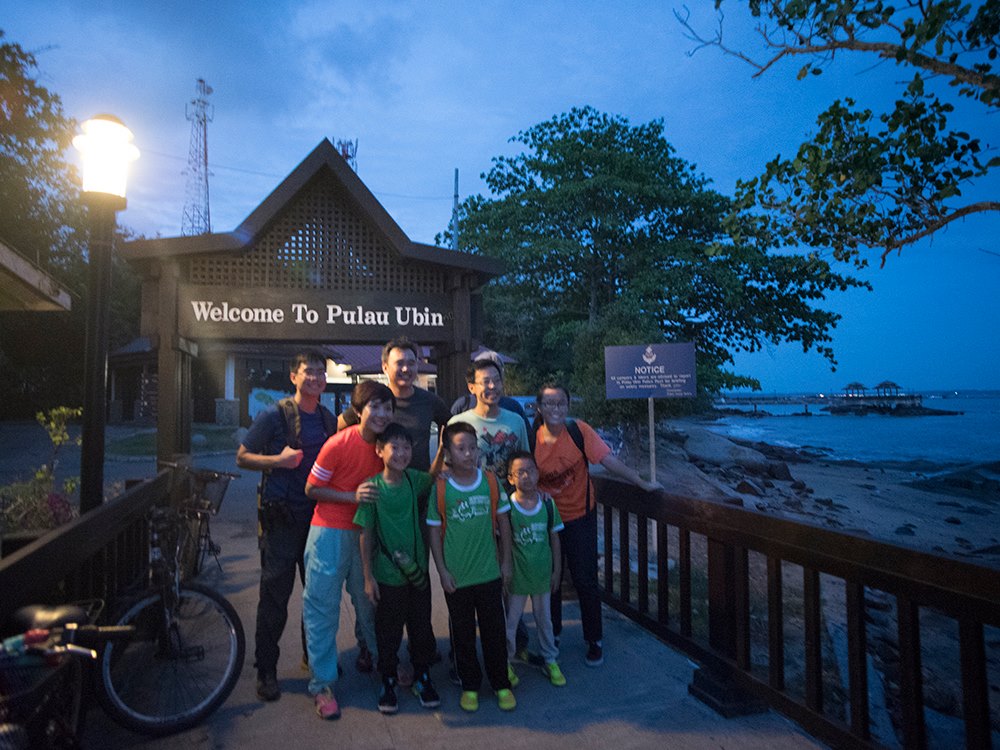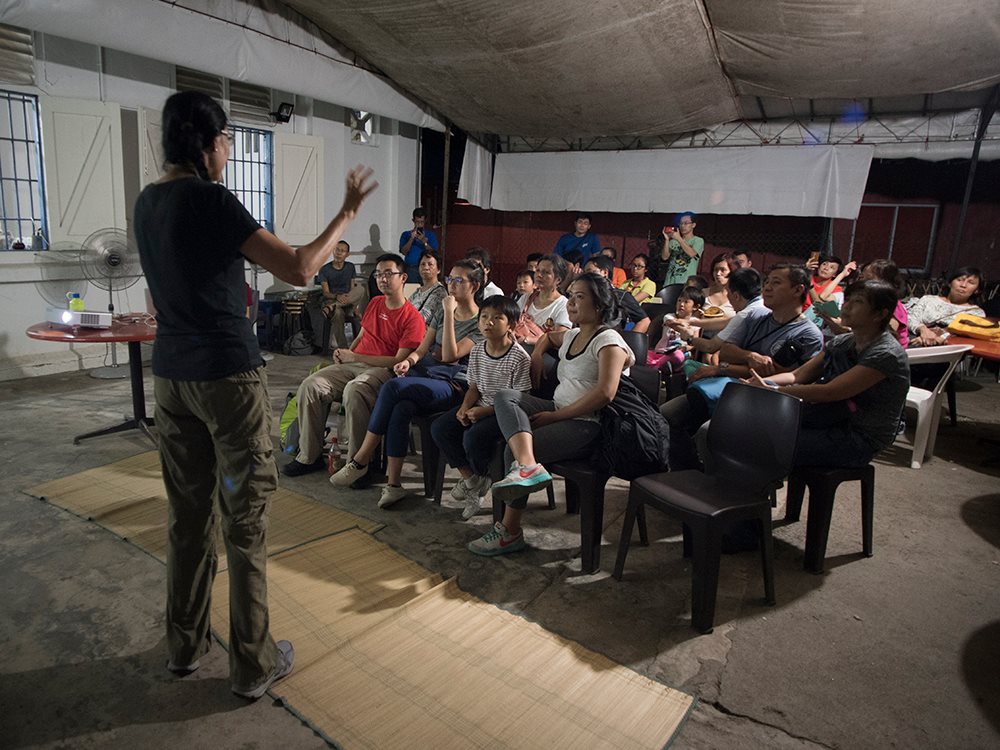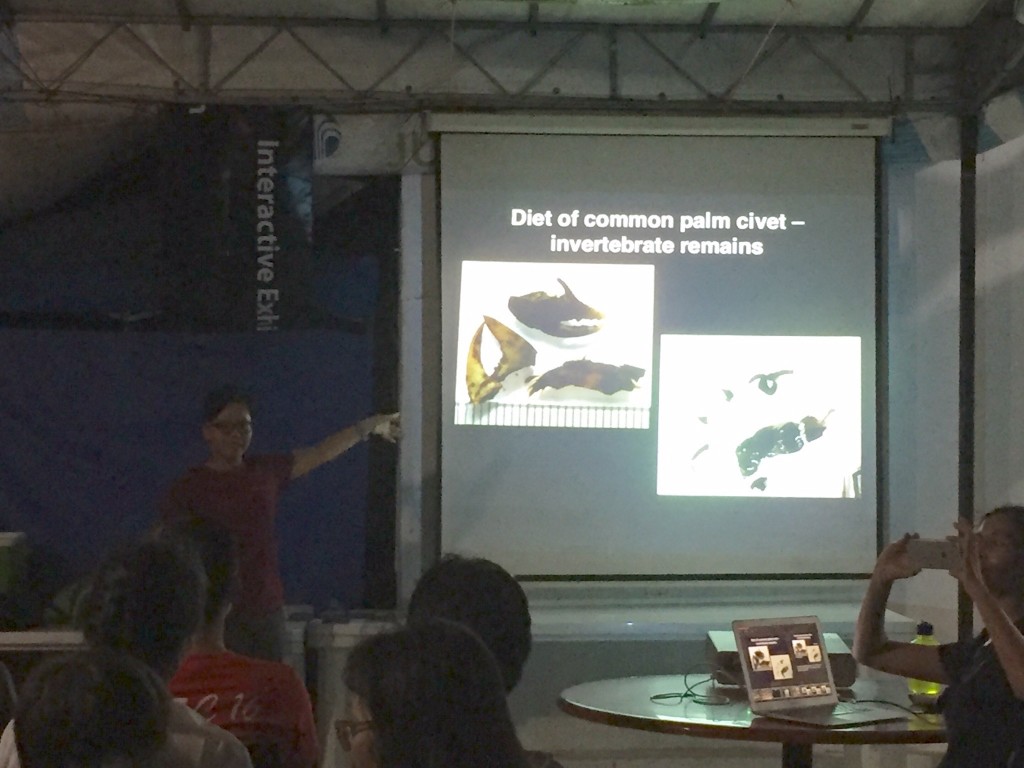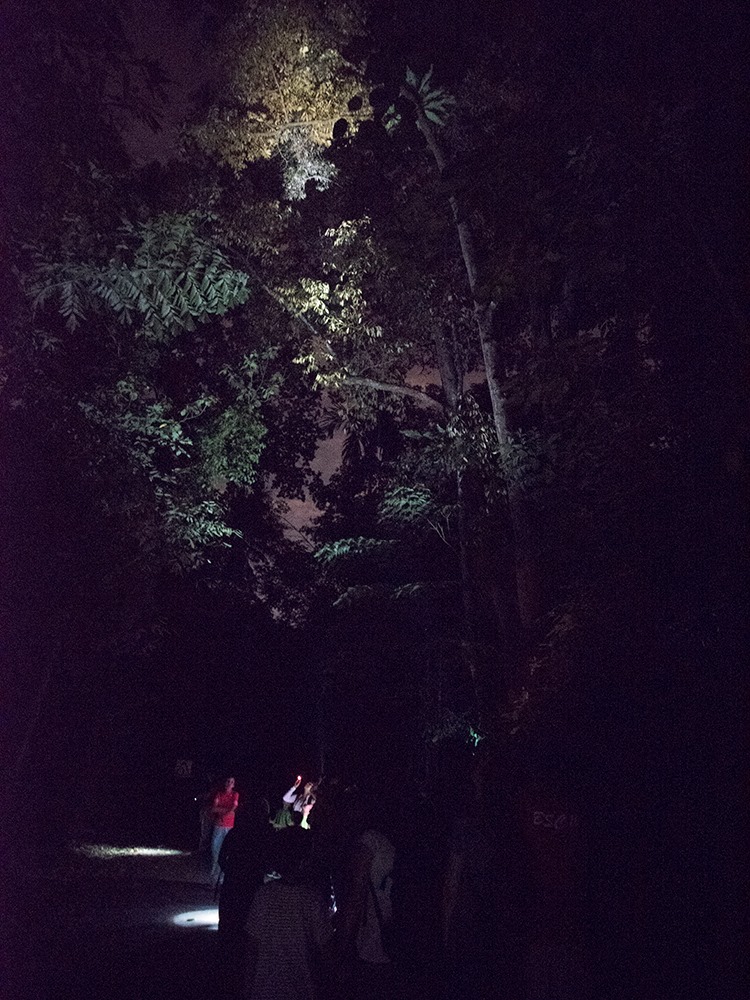
A juvenile common palm civet resting on a rooftop surface – caught on our night camera.
Common palm civets are shy nocturnal animals which are usually found living in forests, mangroves, parks and even in some urban areas. Due to the close proximity of human houses to the natural habitats of the civets, they may be found in roof spaces of some houses, which may be used as cross links to get to other patches of forests or even as nesting sites.
If you have civets coming into your house and wish to prevent this from happening, we advocate methods which do not involve trapping the civets. Here are some methods that you can try –
- Block access points
Civets are nimble and agile creatures, and to them gaps between roofs and ceilings could be points of entries to explore dark and quiet spaces such as the attic. If you are not a fan of hosting wild civets in your home, you may like to to block off these entry points by installing vent covers and closing up gaps with wire mesh and cable ties. It is also advised to patch up holes in the roofs. Blocking off access points high up in the roof is no easy feat as reaching these gaps may be dangerous for us. Do consider contacting a contractor to do these tasks for you.
2. Remove food sources
You can make your home less inviting to the civets by keeping away food sources from the exterior and perimeter of your homes. Store away any leftover or exposed food items before you head to bed, as civets are nocturnal creatures which forage at night. Clear pet trays of any leftover or spilled pet food as well. Keep all trash bins properly shut for the night especially if they are full and waiting to be emptied by the garbage truck the next day. If you leave food, especially fruits, out in the kitchen, do remember to close the windows to prevent any masked fruit bandits from entering the house.
3. Burn incense containing Frankincense oil
Civets are extremely sensitive to scents and the presence of the smells coming from burning incense may drive them away from your houses. We suggest getting incense which contain Frankincense oil which had been tried and tested for to repel civets. One source we know that you may purchase such incense from is Aljunied Brothers, a shop found along Arab Street, unit number 95. Please note that you will need to burn the incense in a lamp container. We advise you to consult the shopkeepers to learn how to burn incense in a safe and effective manner so it does not become a fire hazard.
The above are preventive measures that you may choose to follow to repel civets from visiting and nestling in your home. However, should the civets already be making their presence in your house, please do not use traps (be it cages or glue traps) on them as those may harm the civets physically. Unfortunate stories of civet incidents have been covered by this blog before and you can read them here to know more: [1], [2], [3].
Instead, please contact Animal Concerns Research & Education Society (ACRES) who has a 24-hour rescue service (Tel: +65 9783 7782), as they will be able to advice and to provide animal rescue for the civets or other fauna found in your homes.
We would like to end off the blog post with this remarkable video produced by grade 5 students (10-11 yo) from the United World College South East Asia East Campus (Anna, Sai, Mary Jane, Kruthi). The video creatively provides tips on what we should do if we encounter civets in our homes.






